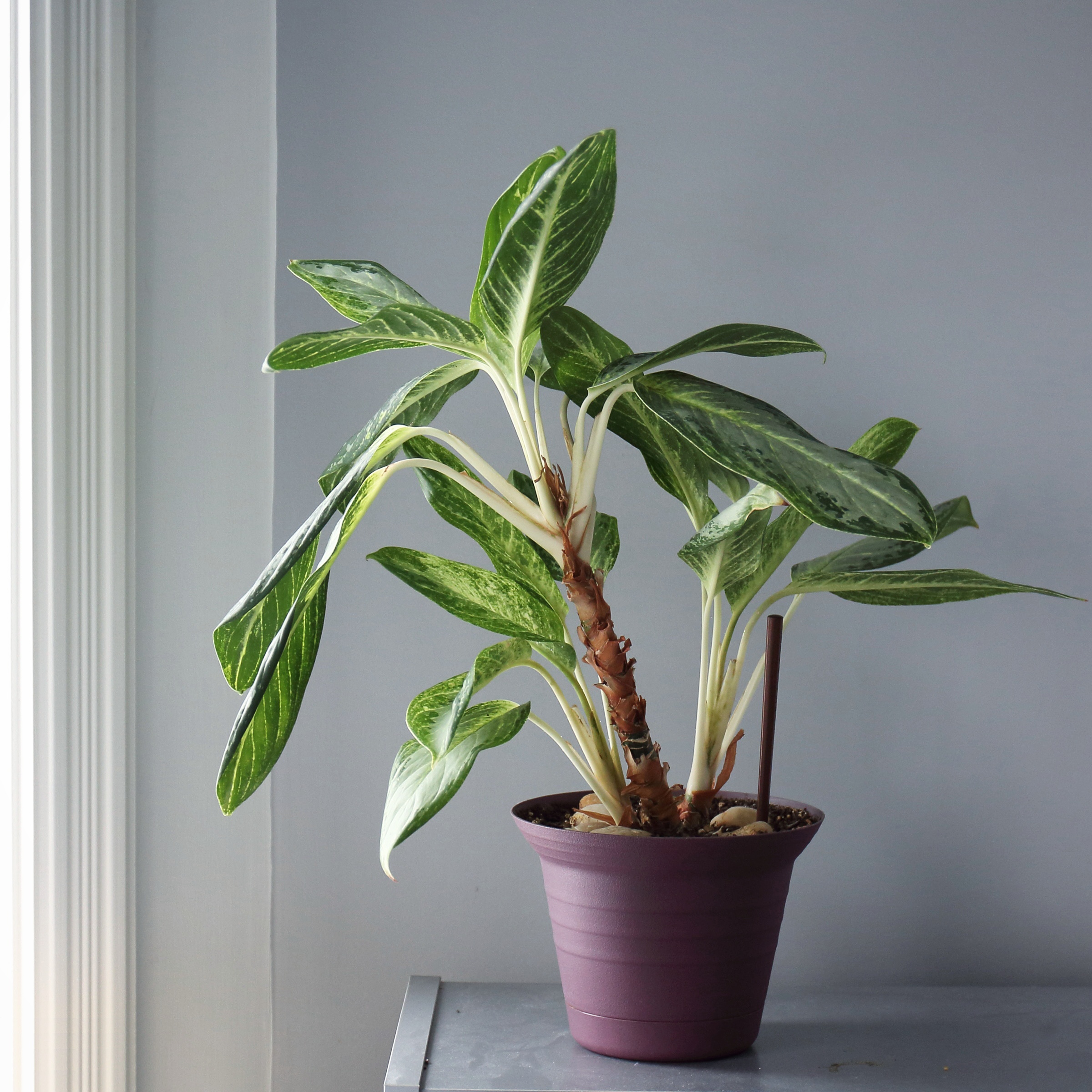The vast majority of plant care advice focuses so much on watering that you would think that’s the only thing that matters! Let me introduce you to soil aeration – an important but often overlooked technique in house plant care.
It is generally accepted as good practice for lawn care to be aerated occasionally, and we’ve all heard that earthworms are crucial for soil health. So in connection the soil health of your potted house plants is dependent on how you keep its structure in balance, due to lack of earthworms. Plant roots naturally cause the soil to become more compacted as they repeatedly absorb water. You must balance this by loosening the soil gently with a chopstick – this is the new (affordable) tool you should be using along with a watering can!

Benefits of Aerating Soil:
- Allows oxygen to more easily flow through entire root ball
- Allows water to more evenly moisten the soil
- You can use the chopstick as a gauge for how moist the soil is to better inform you about when to water
Frequently Asked Questions:
Q: Doesn’t soil aeration hurt the roots?
A: Yes, you will inevitably break some roots but soil compaction will kill many more by suffocation. Roots grow back quickly. Also, you’re not supposed to stab it vigorously and repeatedly – it’s 1-3 gentle pokes into the soil for every inch of pot diameter.
Q: Do all plants need soil aeration?
A: Most tropical foliage plants enjoy well-aerated soil so I aerate them approximately every other watering. Succulents and cacti naturally grow in sandier, compacted soils so you don’t need to aerate their soils unless you’re noticing that they don’t hold water as well as they used to (but this could also be solved by repotting).
Q: I’ve never aerated my soil and my plants have been going strong for years. Is there a reason for that?
A: When you pour water onto your soil, listen closely and you’ll hear the snap, crackle, and pop as the water moves through the soil, displacing and disturbing tiny pockets of air. If you’re able to never let the soil develop any dry pockets while at the same time, not creating the damp environment where root rot can occur, then you’re effectively aerating the soil as you water.
Related:
Five Beginner #PlantParenthood Tips From House Plant Journal For Happy Plants

